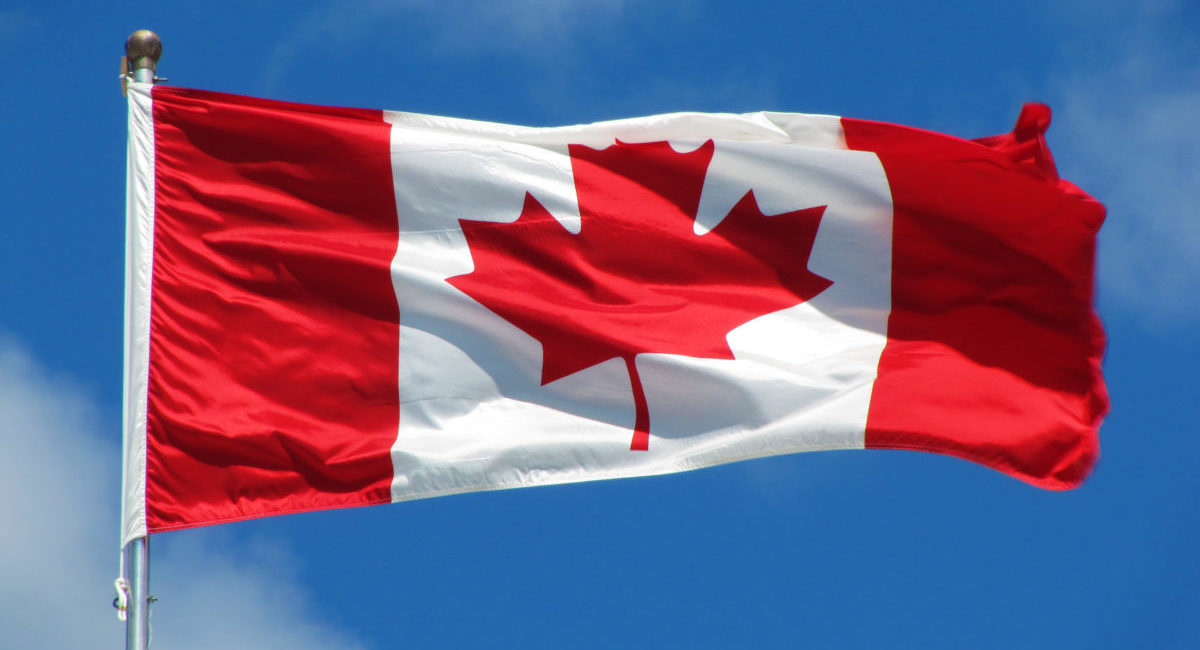Canada’s legal cannabis market is facing some pre-launch growing pains. Supply chain crunches, licensing delays, limited products available, limited regions being open for business. Sound familiar to what California was experiencing on January 1, 2018? It should. But it’s also what’s shaping up as Canada’s legal cannabis market gets rolling, according to a new story from Bloomberg.
“It will be a fairly thin market to begin with and maybe that’s why a lot of these provinces haven’t rushed to get retail locations and bricks and mortar for day one,” PI Financial analyst Jason Zandberg explained to Bloomberg. “I would expect there to be long waits and very limited product types.”
So what can the Great White North do to ease some of these growing pains? Well, not too much in the initial rush if California and Colorado are any models. Cali. and the Rocky Mountain State both experienced price hikes and supply squeezes that were caused by supply bottlenecks that are very similar to what Canada is seeing right now. And according to the Bloomberg article, Canada’s supply of cannabis will be approx. 210 tonnes in Year 1, while the demand for the stickiest of ickiest will approach something more like 610 tonnes within the first year. Math and art majors alike can see the problem with those numbers and while it’s not great for the first 365 days, there’s hope for the future.
Canada’s legal cannabis market still has an incredibly bright future. Not only is Canada the first G7 nation to fully legalize, but powerhouses such as Canopy Growth and Aurora, who are both using injections of capital from American investors such as Constellation to not only grow their international footprints, but are also bolstering supply and operation chains across all of Canada. Beyond that, Canada and her plant-touching businesses remain in great shape to expand internationally as cannabis goes global.
All of this is to say that while short-term supply and licensing issues may cramp the consumer cravings and dent Canadian canna stocks, investors should remain positively bullish on the Canadian market in the long run.

